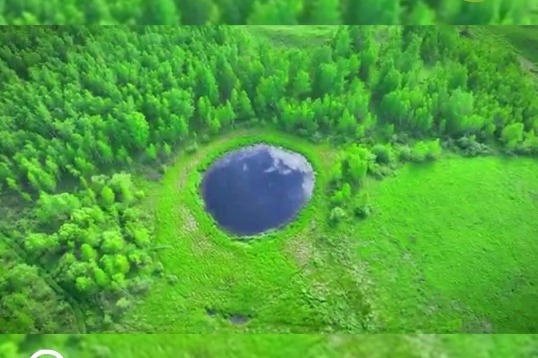Marine environment

According to The 2019 Report on the State of the Ecology and Environment in China issued by the Ministry of Ecology and Environment, the quality of China's marine environment is as follows:
Sea areas under jurisdiction of China
In 2019, the sea areas meeting Grade I standard took up 97.0 percent of the total area under jurisdiction, 0.7 percentage points higher than that of 2018; 28,340 km² were inferior to Grade IV standard, 4,930 km² less than that of 2018. The main pollution indicators were inorganic nitrogen and activate phosphate.
Bohai Sea The sea area failing to meet Grade I standard was 12,740 km², a decrease of 8,820 km² compared with that of 2018; and that failing to meet Grade IV standard was 1,010 km², a decrease of 2,320 km² compared with that of 2018.
Yellow Sea The sea area failing to meet Grade I standard was 11,550 km², a decrease of 14,540 km² compared with that of 2018; and that failing to meet Grade IV standard was 760 km², a decrease of 1,220 km² compared with that of 2018.
East China Sea The sea area failing to meet Grade I standard was 52,610 km², an increase of 8,250 km² compared with that of 2018; and that failing to meet Grade IV standard was 22,240 km², an increase of 130 km² compared with that of 2018.
South China Sea The sea area failing to meet Grade I standard was 12,770 km², a decrease of 5,010 km² compared with that of 2018; and that failing to meet Grade IV standard was 4,330 km², a decrease of 1,520 km² compared with that of 2018.
Nearshore sea areas
In 2019, the water quality of nearshore sea areas in China was steadily improved. The water quality is relatively good. Major pollution indicators were inorganic nitrogen and active phosphates. 76.6 percent of the total sea areas met Grade I & II water quality standards, up by 5.3 percentage points compared with that of 2018; 11.7 percent failed to meet Grade IV standard, down by 1.8 percentage points compared with that of 2018.
Coastal Provinces The nearshore water quality of coastal provinces of Hebei, Guangxi and Hainan province was excellent; that of Liaoning, Shandong, Jiangsu and Guangdong provinces was good; that of Tianjin and Fujian province was relatively good; and that of Shanghai and Zhejiang was extremely poor.
Major gulfs Among the 44 gulfs covering the area of more than 100 km², the water quality of 13 gulfs under monitoring failed to meet Grade IV standard in the time of spring, summer and autumn.
Sea-going rivers In 2019, out of the 190 monitoring sections of the rivers flowing into sea, no section met Grade Ⅰ standard. Sections meeting Grade II standard took up 19.5 percent; Grade III standard 34.7 percent; Grade IV standard 32.6 percent; Grade V standard 8.9 percent; and those failing to meet Grade V standard took up 4.2 percent. The main pollution indicators were COD, permanganate index, TP, ammonia nitrogen and BOD5.
Water pollution sources directly discharged into the sea The monitoring results of 448 sources with daily discharge volume exceeding 100 m³ showed that the total discharge volume of effluent was about 8.01089 billion ton. Among the different types of pollution sources, the comprehensive drain outlets made the largest amount of sewage discharge, followed by industrial pollution sources and domestic sources discharge as the smallest amount. The comprehensive drain outlets also made the largest volume of discharge for all pollutants except for cadmium.




